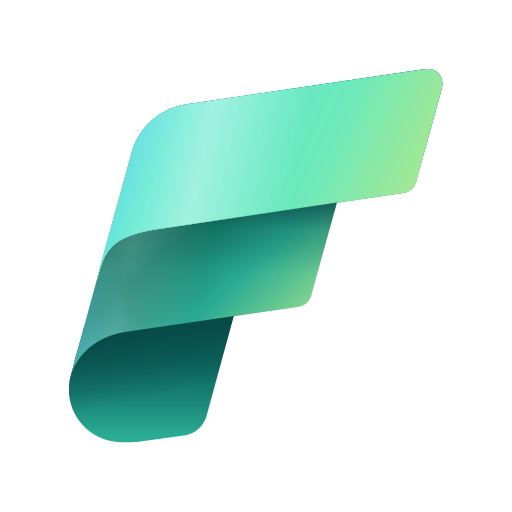
In business analytics and data processing, Microsoft has implemented several tools that effectively respond to the diverse needs of companies. Despite the long-standing popularity of the Power BI service among business users across various sectors, Microsoft’s new platform, Fabric, has ambitions to gain even more market share. What is the difference between Microsoft Fabric and Power BI? This is what you will learn from reading the article further.
Microsoft Fabric – explore the possibilities of the analytics platform
The recently launched Microsoft Fabric service is an integrated, artificial intelligence-based suite of tools and services developed on OneLake. The unified architecture provides users with a Software-as-a-Service (SaaS) environment and offers a range of capabilities to streamline the extraction of insights from raw data.
Microsoft Fabric is best thought of as a holistic, flexible and scalable solution for aggregating, maintaining, managing and analysing data. MS Fabric is like a thread connecting all data and analytics workflow layers.

Microsoft Fabric contains seven basic working environments that have been seamlessly interconnected:
- Data Science,
- Data Warehouse,
- Real Time Analytics,
- Data Engineering,
- Data Factory,
- Data Activator,
- Power BI.
What benefits does Microsoft Fabric offer users?
- It supports data science, data flows, business analytics and real-time analytics in a comprehensive way,
- It combines existing and new elements from Azure Synapse, Azure Data Factory and Power BI into a single environment,
- It simplifies the way developers obtain detailed information and deliver it to business users. For those with little technical knowledge, on the other hand, it provides a user-friendly environment, making it easy to perform analyses and prepare reports based on natural language queries or using drag-and-drop functionality,
- Facilitates the creation of an experience-based culture for the specialist in the field data analysis, business users, data engineers and data warehouse specialists,
- data warehouse specialists,
- It provides a consolidated and consistent data lake that helps to eliminate data silos and also facilitates the use of existing analytics tools,
- Includes Copilot in the Power BI service, which combines data with generative artificial intelligence to share information and create reports faster,
- Microsoft Fabric is compliant with current data protection standards and regulations, ensuring that sensitive data is protected in accordance with up-to-date standards.
Microsoft Power BI – explore the possibilities of modern data analysis
Power BI is a self-service business intelligence platform that provides a user-friendly solution and interface for aggregation, analysis, data visualisation and reporting. It offers real-time insights into business data through interactive dashboards, making it easy to collaborate and share insights without compromising the analysis’s consistency, security and accuracy.
Microsoft Power BI is best thought of as a data visualisation and reporting tool that facilitates comprehensive analysis of data from a variety of sources. This can include files (e.g. excel, pdf, xlm, json, text), databases (MS SQL, Oracle, PostgreSQL, MySQL, Amazon and others), folders (e.g. Sharepoint), Azure services, external services (e.g. Microsoft Exchange, Dynamics 365, Salesforce, Google Analytics), social media and others.
Note that although it is a component of Microsoft Fabric, Power BI also works as a standalone product.

What benefits does Microsoft Power BI offer users?
- Supports business users with varying degrees of technical knowledge and familiarity with the capabilities of modern analysis systems,
- Includes applications such as Power BI Premium, Power BI Embedded, Power BI Pro, Power BI Desktop, Power BI Mobile and Power BI Report Server,
- It enables reporting and visualisation of data in a wide range of styles such as charts, graphs and dot plots tailored to business needs,
- It allows users to collaborate using the same data and share insights in a Microsoft environment (Microsoft Teams or Excel),
- It provides access to automated artificial intelligence and machine learning functions,
- It facilitates real-time data processing so users can work with up-to-date data when creating reports and dashboards regardless of when or where they work.
In summary, Microsoft Fabric is an excellent solution for managing and processing business data. They can be used to accelerate data aggregation, manage large volumes of structured data, conduct real-time analysis and produce reliable forecasts. Power BI, on the other hand, is better suited to visualising and analysing data to gain insights into the health of a company or organisation and extract valuable business insights. It can be used to visualise and analyse data, communicate insights and track trends.



